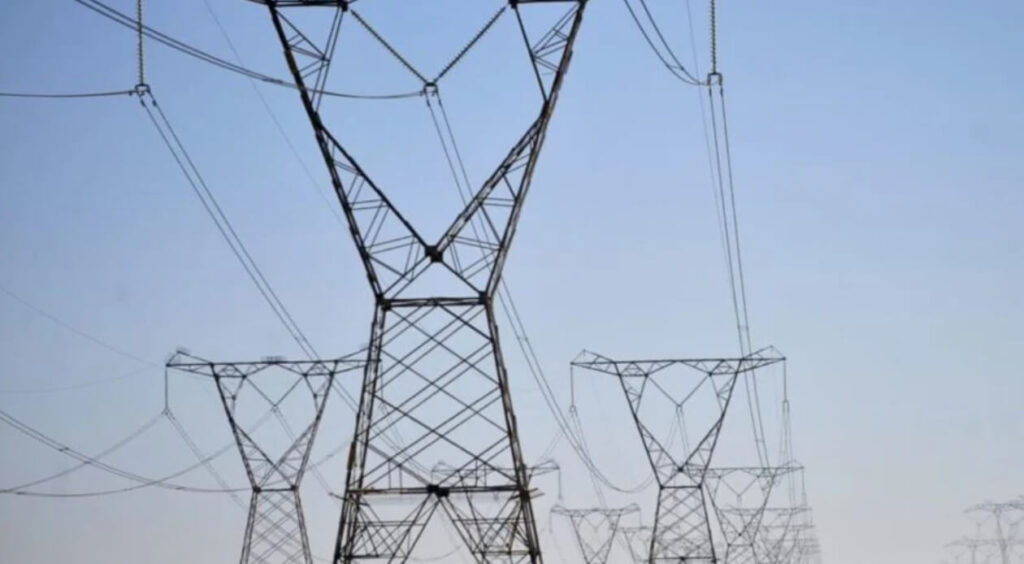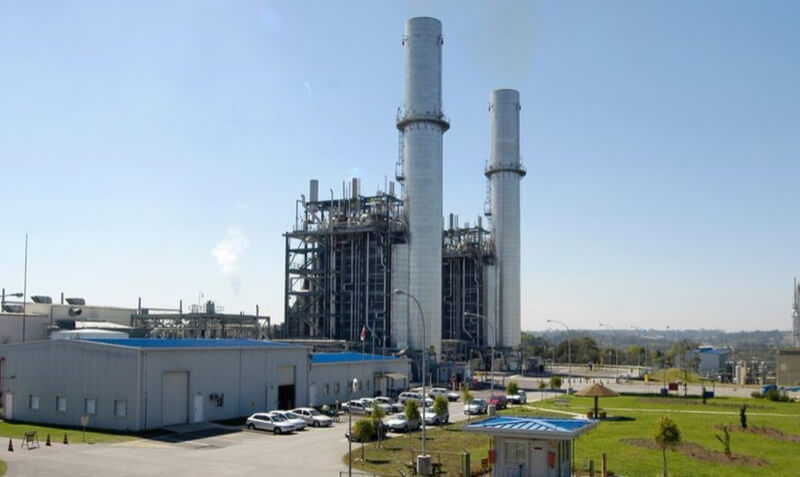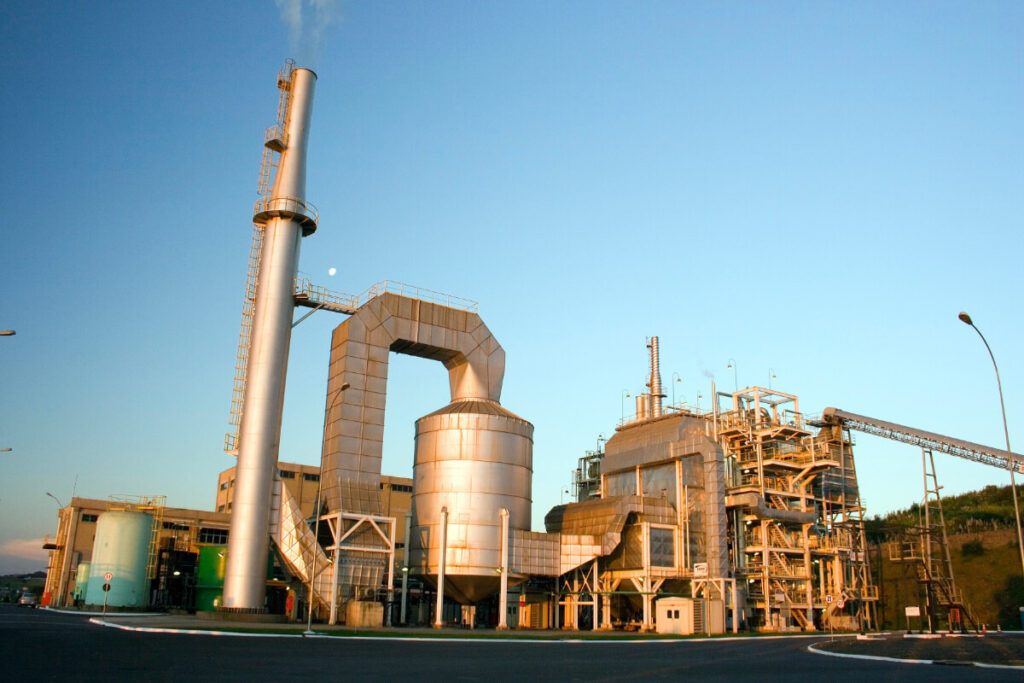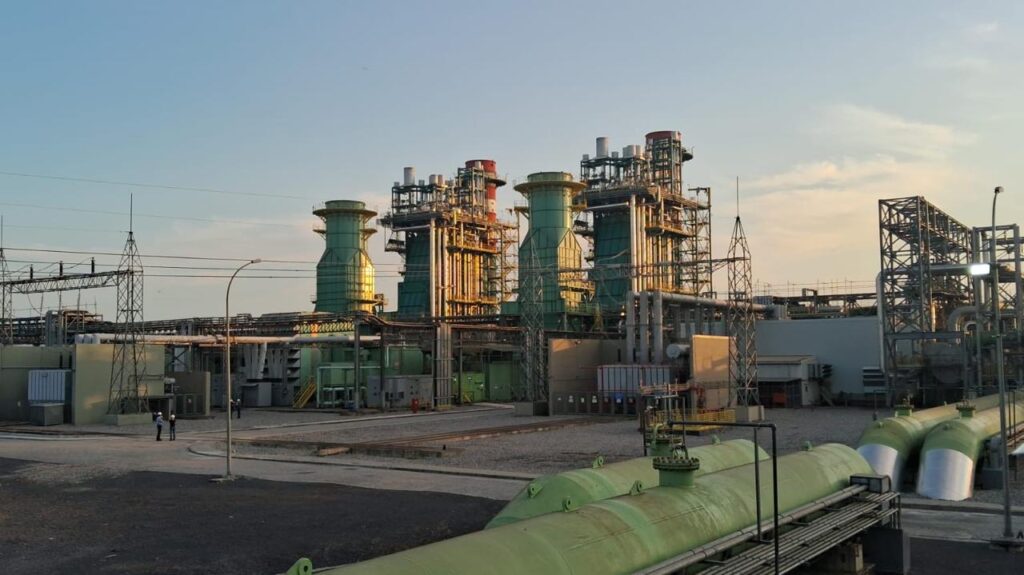The goal is to generate energy through renewable hydrogen obtained from biogas
The Center for Energy and Petroleum Studies (CEPETRO), linked to the State University of Campinas (UNICAMP), and Âmbar Energia are embarking on a strategic collaboration to boost the efficient production of electricity from biomass to generate energy using renewable hydrogen derived from biogas.
The partnership aims to scale up energy production in a sustainable way, using organic waste from JBS as raw material. This three-year research and development (R&D) project aims to produce biomethane, renewable hydrogen and electricity, paving the way for a cleaner and more reliable energy matrix.
Marcelo Zanatta, CEO of Âmbar Energia, highlights the synergy between J&F group companies, such as JBS, to enable agribusiness to enter this promising market. “The plan includes the construction of a research and development center in Andradina to explore the potential of biogas and renewable hydrogen in energy generation, transforming plans into concrete actions,” he said.
CEPETRO’s project with Âmbar uses renewable hydrogen for the production of electricity through fuel cells that offer a higher conversion efficiency than traditional technologies. At the end of the 3 years, the Âmbar and CEPETRO team expect to scale the technology to the entire market, aiming at the great potential for generating renewable hydrogen in the treatment ponds of various industries. The energy generated will be injected into the distribution network, strengthening the Brazilian energy matrix with more reliable and renewable sources.
To generate the energy, three steps are required: the first deals with the transportation and purification of the biogas produced in the treatment ponds of JBS slaughterhouses. The second stage involves reformulating the methane present in biogas to obtain renewable hydrogen. Finally, in the third stage, hydrogen is used in a fuel cell, which produces electrical energy with an efficiency of more than 60%.
Energy derived from renewable hydrogen
The process begins in a waste treatment pond, where all the organic matter is deposited. This lagoon was converted into a biodigester, improving the treatment of the effluent and allowing the storage of the gases resulting from the process. The biogas generated is mainly composed of methane, as well as other gases such as carbon dioxide, sulfur, and oxygen.
Hudson Zanin, a professor at Unicamp’s School of Electrical and Computer Engineering and a researcher at CEPETRO, explains that if fresh biogas is used directly in an engine, the internal parts will corrode, making them unusable. “Therefore, the first step of the project is to purify this biogas through filters, removing impurities that are not methane. While thermoelectric plants that use fossil methane from the pre-salt layer achieve an efficiency of converting 30% of the gas into electricity, in our case, we are increasing this rate by adding other steps to the process,” says the researcher.
Although there are several sources and technologies, much of the hydrogen currently used in the market is obtained through natural gas of fossil origin, being used mainly in the production of ammonia, fertilizers, steel and aluminum, and in the desulfurization of fossil fuels in refineries. In this way, renewable hydrogen plays a key role in the decarbonization of the hydrogen chain.





